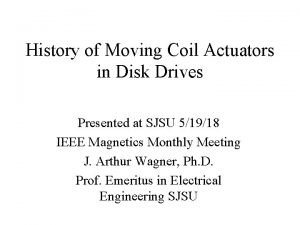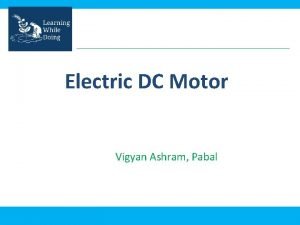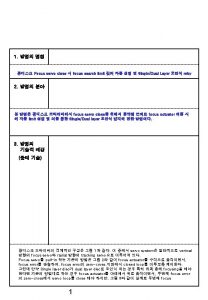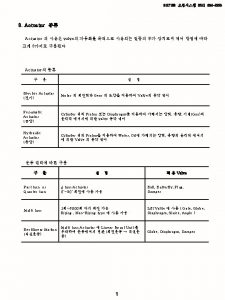ACTUATOR An actuator is a type of motor




- Slides: 4

ACTUATOR

An actuator is a type of motor for moving or controlling a mechanism or system. It is operated by a source of energy, usually in the form of an electric current, hydraulic fluid pressure or pneumatic pressure, and converts that energy into some kind of motion. An actuator is the mechanism by which a control systems acts upon an environment. The control system can be simple (a fixed mechanical or electronic system), softwarebased (e. g. a printer driver, robot control system), or a human or other agent

APPLICATION: In engineering, actuators are frequently used as mechanisms to introduce motion, or to clamp an object so as to prevent motion. In electronic engineering, actuators are a subdivision of transducers. They are devices which transform an input signal (mainly an electrical signal) into motion. Electrical motors, pneumatic actuators, hydraulic pistons, relays, comb drives, piezoelectric actuators, thermal bimorphs, digital micro mirror devices and electro active polymers are some examples of actuators.

EXAMPLES • Motors are mostly used when circular motions are needed, but can also be used for linear applications by transforming circular to linear motion with a bolt and screw transducer. On the other hand, some actuators are intrinsically linear, such as piezoelectric actuators. Conversion between circular and linear motion is commonly made via a few simple types of mechanism including: • Screw: Screw jack, ball screw and roller screw actuators all operate on the principle of the simple machine known as the screw. By rotating the actuator's nut, the screw shaft moves in a line. By moving the screw shaft, the nut rotates. • Wheel and axle: Hoist, winch, rack and pinion, chain drive, belt drive, rigid chain and rigid belt actuators operate on the principle of the wheel and axle. By rotating a wheel/axle (e. g. drum, gear, pulley or shaft) a linear member (e. g. cable, rack, chain or belt) moves. By moving the linear member, the wheel/axle rotates.







